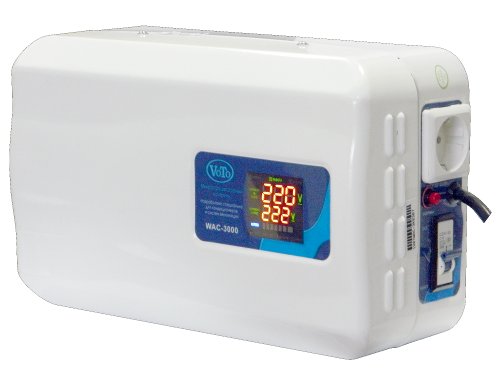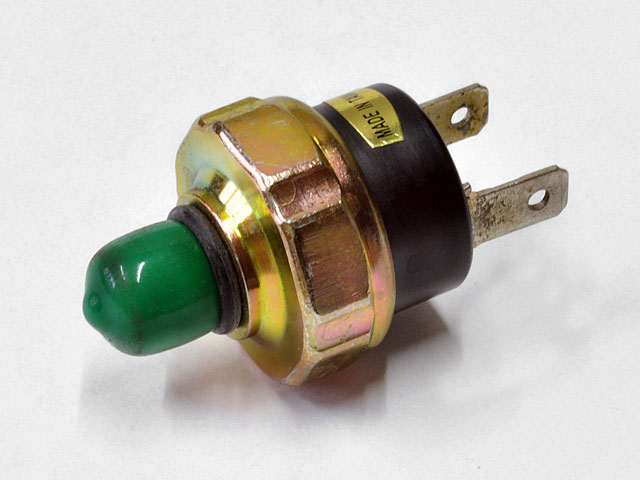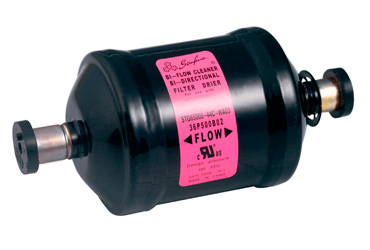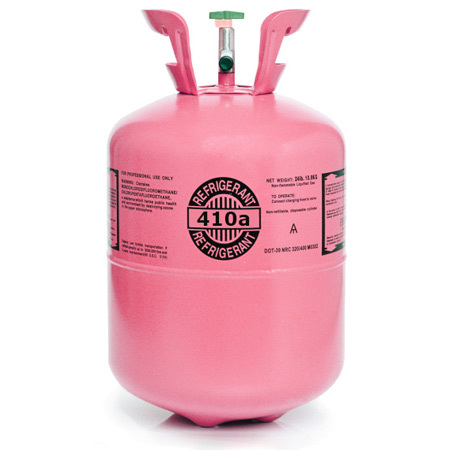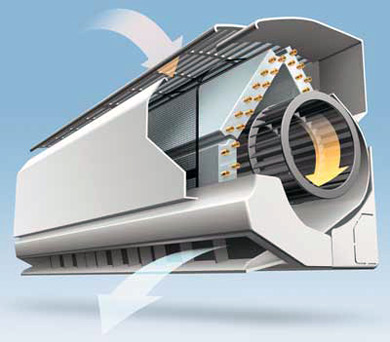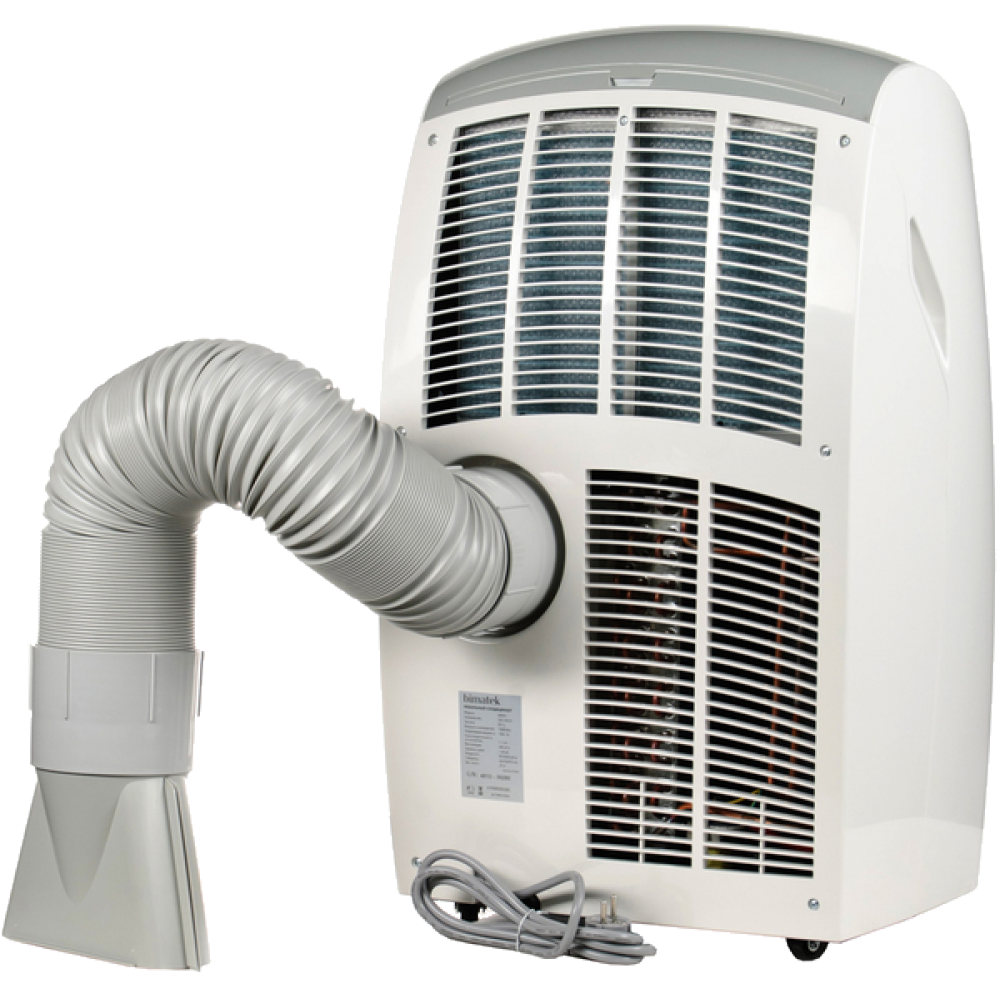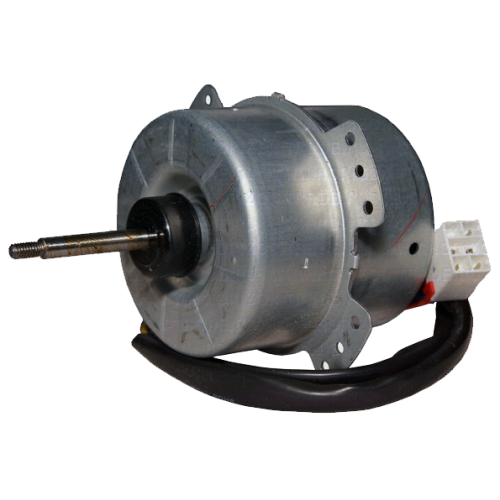The installation of the air conditioner consists in hanging the outdoor and indoor units and laying a pipe line between them. The air conditioner installation diagram is an installation guide. The fulfillment of the basic requirements ensures the normal functioning of the device.
Basic requirements for the installation of an air conditioner
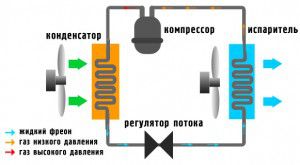
The installation diagram of air conditioners allows:
- Installation of the indoor unit on any solid wall of the room;
- Installation of the outdoor unit under the window, in the gap between the windows, inside the balcony or outside it;
- The installation diagram of air conditioners allows you to lay a pipe line both inside the apartment and along the street;
- When hanging the outdoor unit between windows, mount it in the middle.
Technical requirements:
- There must be at least 6 centimeters between the indoor unit and the ceiling;
- Between the exit of the track to the street and the window, there must be at least 50 centimeters when hanging the outdoor unit on the street and at least 20 centimeters when hanging it on the balcony;
- The installation diagram of air conditioners prohibits the installation of the outdoor unit close to the window opening, balcony railing.
Air conditioner operation diagram
The air conditioner performs its functions due to the ability of liquid media during evaporation to receive heat and give it away during condensation.
The refrigeration circuit is created by a condenser, compressor, expansion valve, evaporator. Copper pipes pass between them, passing the refrigerant through them.
Air conditioner operation scheme:
- Refrigerant is supplied from the evaporator to the compressor in the form of a gas with a temperature of 10 to 20 degrees under low pressure;
- In the compressor, the refrigerant is compacted, its temperature increases by 60 - 70 degrees, after which it is fed into the condenser;
- According to the control scheme of the air conditioner, the fan blows a stream of air at room temperature, the refrigerant cools down, liquefies and gives off heat to the air in the condenser. The outlet temperature of freon is on average 15 degrees higher than the ambient temperature;
- Next, the refrigerant goes to the expansion valve (thermostatic expansion valve), which is a copper tube twisted with a screw. This is where the pressure and temperature of the refrigerant drop;
- From the valve, the refrigerant in the form of a gas and a liquid is supplied to the evaporator, where it completely becomes a gas, absorbing heat from the atmospheric air. In this way, a decrease in the room temperature is achieved. The operation of the air conditioner provides for an endless repetition of cooling cycles.
Air conditioner control principle
The air conditioner control circuit includes control circuits: a microprocessor, the location of the indoor unit boards, the power circuit, the control board and the operating unit.


